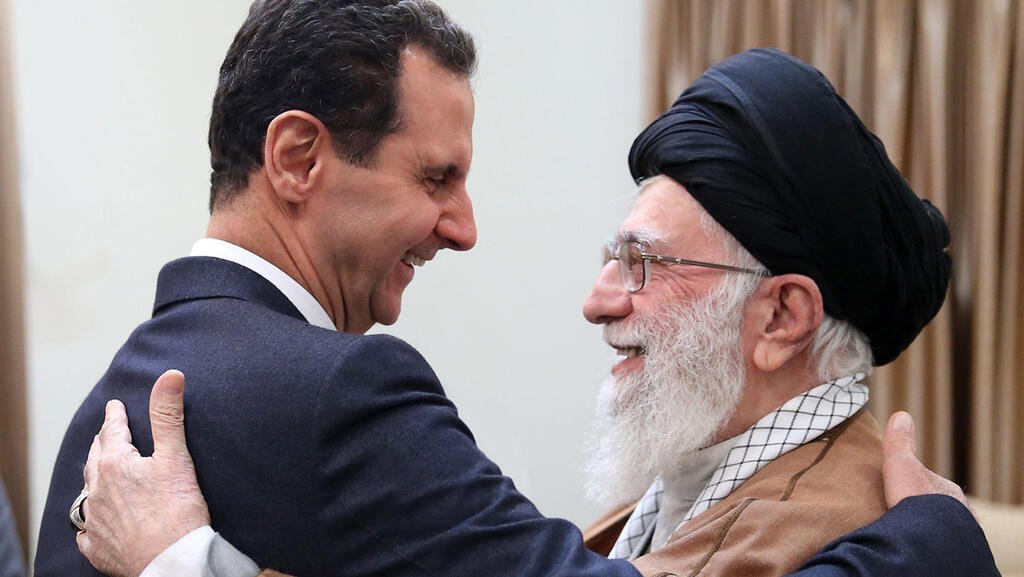From the onset of Syria’s civil war in 2011, Iran backed Assad, fearing the regime’s collapse could lead to Sunni dominance or control by al-Qaeda-linked groups, which would represent a strategic defeat and sever Iran’s ability to support Hezbollah in Lebanon, thereby collapsing the so-called “Axis of Resistance” it has endeavored on building.
The decision to intervene militarily in Syria’s civil war was fraught with internal dissent. Then-president Mahmoud Ahmadinejad initially argued that propping up Assad was futile, as his “historic role” in the region had ended. Ultimately, Khamenei decided to intervene.
Hossein Hamadani, Iran’s former commander in Syria, later revealed that Khamenei was more concerned about the situation than Assad himself. He described Assad as a “sick patient” unaware of his dire condition, requiring intervention to stabilize his rule.
Iran’s support included deploying thousands of Revolutionary Guard Corps (IRGC) fighters, providing billions of dollars in aid and recruiting Shiite militias from abroad to bolster Assad’s forces. The “Axis of Resistance” became central to Iran’s strategy, exploiting the weaknesses of Syria and Iraq to establish a military, political and economic foothold.
While Iran appeared dominant for years, recent events have exposed cracks in its regional hegemony. In 2018, anti-Iran demonstrations in southern Iraq culminated in the torching of Iranian consulates. A year later, Lebanese protests demanded the resignation of a government led by Iran’s allies.
The IRGC-linked Fars News Agency described Assad’s fall as an opportunity to “bolster the resistance,” noting Syria’s role within the broader front including Yemen, Iraq, Lebanon and the Palestinian territories.
For Israel, the current instability presents an opportunity to capitalize on Iran’s weakened position. By forging alliances and promoting a new strategic vision, Israel can work to establish a stable and enduring regional order.
• None Dr. Raz Zimmt is a senior researcher at the Institute for National Security Studies (INSS) and a research fellow at the Alliance Center for Iranian Studies at Tel-Aviv University.
